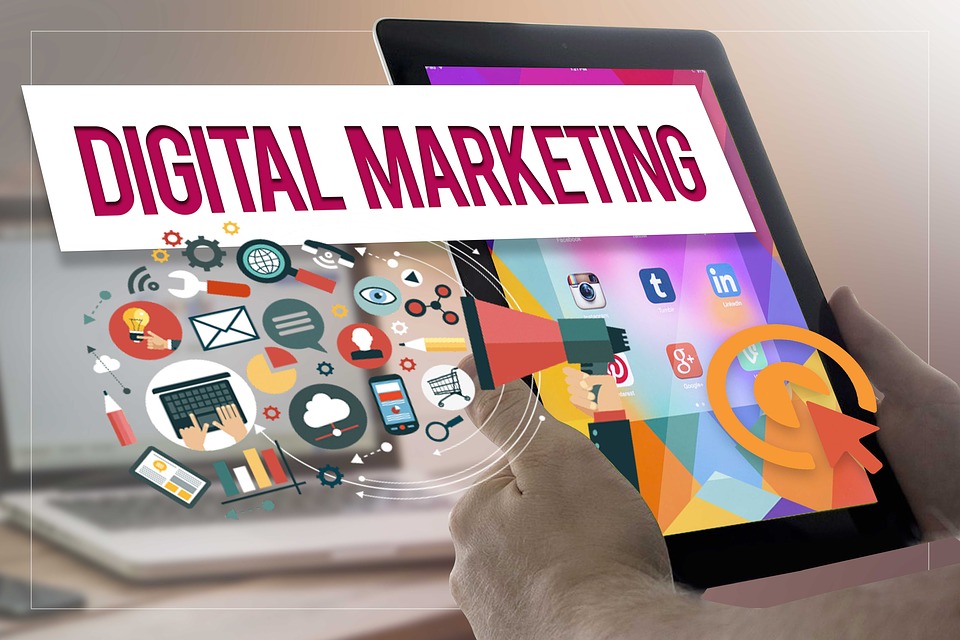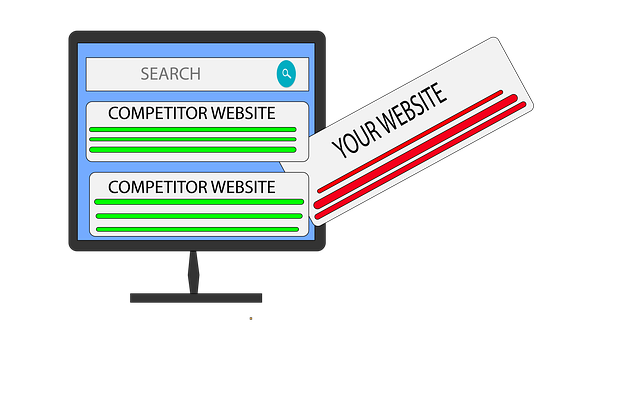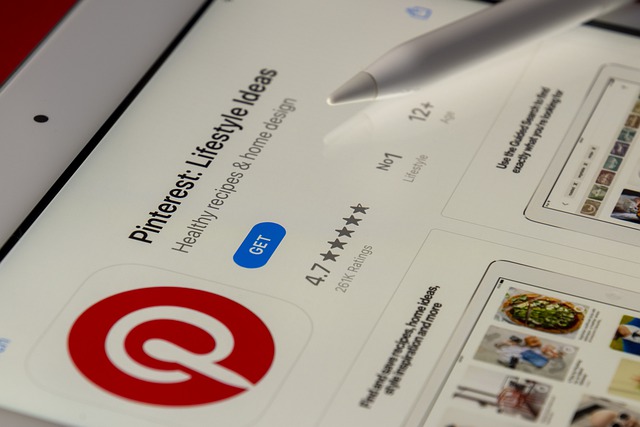
The Power of Social Media for Coworking Business Growth
In the bustling realm of business, where collaboration and innovation intersect, coworking spaces have become hubs for growth. This article explores the immense potential social media holds in fostering the expansion of coworking businesses. From identifying your target audience to leveraging user-generated content, we’ll embark on a journey to unravel the strategies that make social media a catalyst for coworking success.
The Influence of Social Media on Coworking Growth
In an era dominated by digital connections, social media emerges as the linchpin for coworking spaces seeking to expand their reach. From creating a vibrant online community to showcasing the unique aspects of your coworking environment, the potential is vast.
- Navigating the Social Media Landscape
Dive into the diverse world of social media platforms. Each platform caters to a unique audience, and understanding their nuances is vital for effective communication. From Facebook to Instagram, the options are vast—choosing wisely is the first step toward digital success.
- Understanding Your Audience in the Digital Space
Identifying your target audience is the cornerstone of any successful social media strategy. Who are the individuals that resonate with your coworking ethos? Answering this question allows for tailored content that speaks directly to the heart of your potential members.
- Choosing Platforms Wisely for Coworking Visibility
Not all social media platforms are created equal. Explore the characteristics of major platforms and discern which aligns best with your coworking business. Whether it’s the professional ambiance of LinkedIn or the visual appeal of Instagram, strategic selection is key.
- Crafting a Compelling Content Strategy
Content is the currency of the digital age. Learn how to craft content that not only highlights the unique features of your coworking space but also resonates with your audience. A well-thought-out content strategy enhances engagement and encourages sharing.
- Engaging Authentically with Your Digital Community
Social media is not just a broadcasting tool; it’s a space for authentic interaction. Dive into the art of engagement—responding to comments, asking questions, and fostering a sense of community. This authentic connection strengthens your brand presence.
- Unleashing the Power of User-Generated Content
Your members are your best advocates. Explore the benefits of encouraging user-generated content—stories, images, and testimonials that showcase genuine experiences within your coworking space. Harnessing this content amplifies your brand’s authenticity.
- Metrics that Matter: Measuring Social Media Success
Numbers tell a story. Delve into the key metrics that gauge the effectiveness of your social media efforts. From likes and shares to conversion rates, understanding these metrics empowers you to refine your strategy for optimal impact.
- Anticipating the Future: Social Media in Coworking
Peer into the future of social media and its evolving role in the growth of coworking spaces. Stay ahead of trends and anticipate changes to position your brand for sustained success.
Why Coworking Spaces Thrive in the Philippines

Coworking spaces have become a trend in the Philippines since the pandemic. This is because many small businesses opt to choose coworking and hybrid setups for their operations. To stay on top of the game, use social media to highlight the collaborative and vibrant atmosphere of your coworking space. Showcase success stories of businesses that have thrived in your coworking environment.
Seizing Growth Opportunities with a Digital Marketing Agency
Working with a digital marketing agency is a strategic move for enhancing your social media presence. Discover how these professionals understand the nuances of the Philippines market and can tailor strategies to elevate your coworking brand.
Start Growing Your Business Today With Digital Marketing Agency in the Philippines
Social media is the thread that weaves success for coworking spaces. From cultivating an online community to strategic platform selection, the roadmap to expansion is clear. As you embark on this journey, remember that the digital landscape is ever-evolving. Stay agile, stay authentic, and watch your coworking community thrive.
Partnering with a digital marketing agency in the Philippines can take your social media game to new heights. A local agency understands the market dynamics, providing tailored strategies to enhance your online presence and engagement. These professionals understand the local market dynamics and can tailor strategies to suit your business needs. Choose a digital marketing agency in the Philippines that will create tailored solutions for your business needs!























